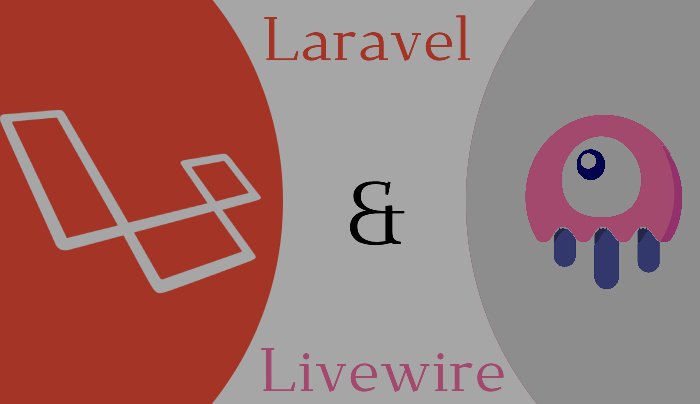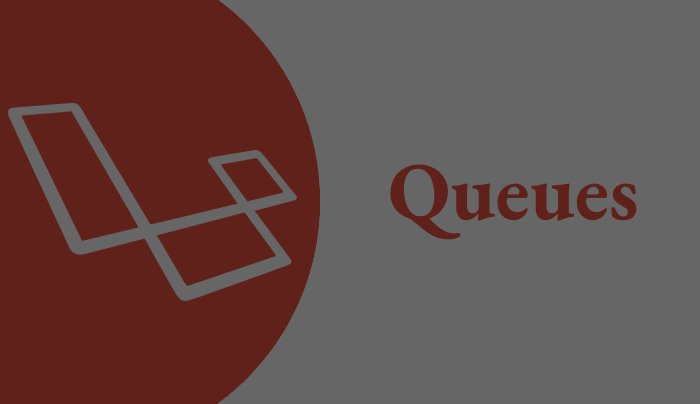Laravel Request Lifecycle
Whether you're new to Laravel or a seasoned developer, understanding the request lifecycle is crucial to building efficient and scalable applications. In this article, we'll dive into the Laravel request lifecycle and the key components that make it work.
The Beginning of the Request
The Laravel request lifecycle begins with an HTTP request made by a client. When a request is received, the web server forwards it to the appropriate PHP script based on the URL. In the case of Laravel, the request is directed to the public/index.php file, which is the entry point of the framework.
Bootstrap and Configuration
After the request hits the index.php file, Laravel begins to load all the necessary components and bootstrap the environment. This includes setting up the autoloader, registering service providers, and loading configurations. The bootstrap process is where Laravel sets up the framework's core components required to handle the request.
Routing
Once Laravel has bootstrapped the application, it receives a request object and parses it to determine the route. The route is defined in the routes/web.php or routes/api.php file, depending on whether it's a web or API request.
Middleware
Middleware is a vital component of the Laravel request lifecycle as it provides a mechanism for handling requests at various stages of the application. Laravel middleware allows developers to filter HTTP requests before they reach the route and filter the response before it's sent back to the client. For example, Laravel middleware can handle authentication and authorization, caching, rate limiting, and more.
Controllers
Once Laravel has determined the route and sent the request through any relevant middleware, it processes the request by executing the corresponding controller action. The controller contains the logic required to handle the request and generate a response.
Views and Response
After the controller is executed, Laravel responds to the request by rendering the appropriate view and returning the response. The response type may be JSON, HTML, or any other format depending on the application's requirements.
Termination
Once the response has been sent back to the client, Laravel performs some final cleanup tasks before terminating the request. This includes flushing the response object, sending out any queued email or notifications, and saving any changes to the database. Finally, any registered termination callbacks are executed.
In addition to the stages we've described, there are other components of the Laravel request lifecycle that we haven't mentioned yet. For example, events are an essential part of Laravel that can be fired and listened to at various stages of the request lifecycle. This mechanism allows developers to handle complex tasks that go beyond the standard request-response flow. Another fundamental component of Laravel's request lifecycle is queuing. With Laravel Queues, developers can dispatch time-consuming tasks to background jobs to avoid blocking the main application's thread. By separating out these long-running processes, Laravel can handle a higher volume of requests and respond more quickly to clients. One final note on the Laravel request lifecycle is that it's highly customizable. Laravel provides many options for extending the request lifecycle and injecting custom logic into the standard flow. This flexibility is one of the key reasons Laravel is so popular among PHP developers.
Conclusion
Understanding the Laravel request lifecycle is fundamental to building efficient and scalable web applications with Laravel. It's essential to know the different stages of the cycle and how each component interacts with the others. When you have a clear understanding of how Laravel works, you can develop web applications that are optimized to handle a high volume of traffic, are secure, and maintainable. We hope this article has given you a better understanding of the Laravel request lifecycle.
Recent Posts
.jpg)

.jpg)
.jpg)
.jpg)
.jpg)

 (1).jpg)
.jpg)